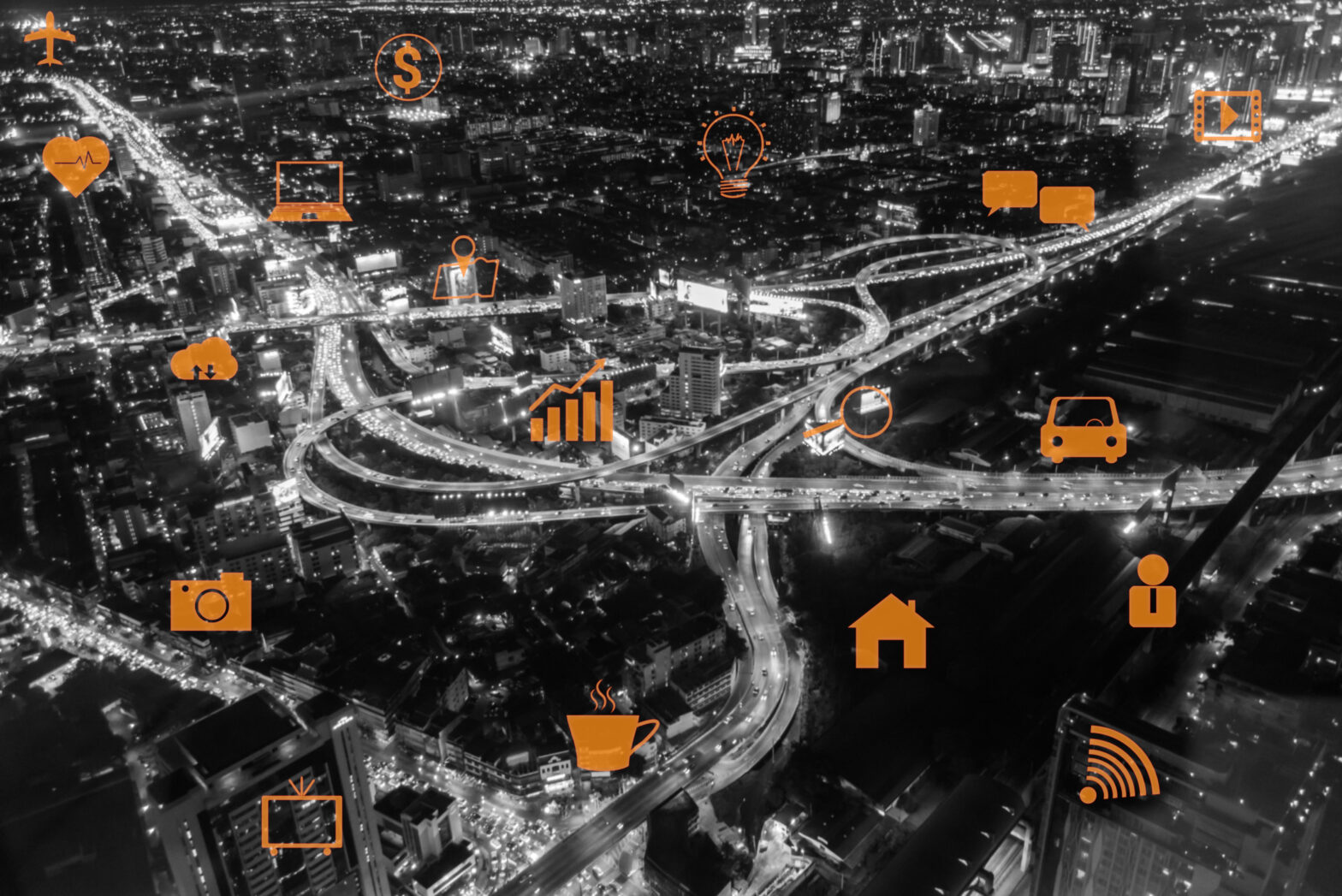The IoT itself can’t even be considered futuristic anymore. It’s here now. In fact, it’s become so big that this year’s Consumer Electronics Show (CES) in Las Vegas dedicated a whole track to it.
In December, too, the Interactive Advertising Bureau (IAB) released a consumer study that showed that close to two-thirds of American consumers own at least one connected device.
That includes connected cars, connected/smart TVs, fitness trackers, home control systems or appliances, internet-enabled voice command devices, smart glasses, smart watches, VR headsets or some other kind of wearable.
What’s even more important is that 65% of them say that they are willing to receive ads on IoT screens. This will certainly be a game-changer for display and native advertising, and it will likely lead to new ad units the industry can only starting to imagine.
But the bigger win for data-driven marketers will be all the data generated by these devices.
Real-time behaviour
According to productivity consultant Lisa Froelings, IoT devices can let their manufacturers know when and how they use the device – and then create campaigns to target those use patterns.
>See also: 10 predictions for the Internet of Things and big data in 2017
She writes: “Is a company’s product handy in an emergency or popular in the morning? Perhaps it is used alongside another product or follows a specific event. Once marketers establish use patterns for their product, they can advertise those uses to potential customers and better convert them by showcasing a product’s utility for the situations that their product is actually used in.”
They could also use this information to craft better content and offers for their existing customers.
For example, the segment of customers who use a fitness-tracking device early in the morning would receive emails showing a glorious sunrise, tips on keeping your ears warm while training outside and a coupon from a partner for a healthy breakfast bar.
Building a better experience
The Wynn Las Vegas hotel will install Alexa Dots in all of its hotel rooms this summer. Most of the personal-assistant functions will be disabled, but the hotel will likely be able to track not only preferences for room temperature and wake-up times, but also movie, television, gaming and streaming content.
This anonymous, aggregated data could help Wynn Resorts develop tailored customer experiences.
For example, if it found that a large segment of guests enjoyed thrillers, it could develop a lounge or attraction with that theme. If this preference information could be entered into the hotel’s guest databases or loyalty programs, it could also inform its email marketing.
What if guests who streamed classic rock were offered a discounted room and priority tickets when a big rock act was in town? Just make sure that when you use these tactics you are careful about message positioning.
>See also: How technology will drive marketing in the next few years – Gartner
Don’t say ‘We noticed you like rock music so we thought you might be interested in these concert tickets’. That would make you look like Big Brother.
Simply use the data to create tailored messages and the rewards of relevant content will soon come.
Mobile entertainment centres
Accenture Interactive’s Fjord design unit just published its Trends 2017 report. One of the trends was the section about self-driving cars. This technology is being piloted around the world, with Uber’s Pittsburgh test as an example.
Fjord wrote: “Once the car is no longer an end unto itself, it is an integral part of a connected ecosystem and increased connectivity will open options for experiences and services that challenge the very notion of car.”
Fjord noted that when we don’t have to drive anymore, there are plenty of services we could use to fill the time, including of course, using the internet. They suggest in-car dining or pedicures. Who’s going to be the Uber of pedicures?
One thing we know passengers in autonomous vehicles will be doing is checking their email. (Adestra’s 2016 Consumer Adoption and Usage Study found that consumers check email at random all day long.)
There’s already mobile technology that can tell whether someone is a passenger in a car, which could be an excellent time to send your email.
Here’s a more futuristic but possible scenario: could you combine geolocation from the person’s mobile device with other behavioural data from your CRM to figure out that this rider is on the way to his preferred shopping mall, or the restaurant he/she goes to every fourth Friday night?
There are plenty of interesting ways to offer this rider utility: offers from merchants or competing restaurants; an article about healthy restaurant dining; a reminder of how many calories he’s got left in his day’s allotment, courtesy of data from his fitness tracker.
>See also: Technology continues to disrupt the marketing industry
Obviously, it would be extremely important to get this person’s permission to use all this data and in these specific ways. The more creative marketers can get with data, the “creepier” it can seem to our customers.
Dangerous data
The potential of the IoT for marketers rests on trust. Consumers will only share their data with brands they trust, so it’s imperative that you keep your mailing list clean and honour subscriber preferences.
As Adestra’s VP of marketing Ryan Phelan pointed out in a recent column, consumer privacy will be a major, global concern in 2017.
Canada and the EU are rolling out new anti-spam and privacy regulations, and it’s likely the U.S. Federal Trade Commission and Congress will take some steps of their own this year. BITAG, the Broadband Internet Technical Advisory Group, also recently released its own recommendations.
Not only regulators, but also your customers will push back strongly if you use data in ways that make them uncomfortable. The antidote to this, as the industry embraces the flood of data from the Internet of Things, is to create marketing that customers love.
Sourced by Matt McGowan, president at Adestra










